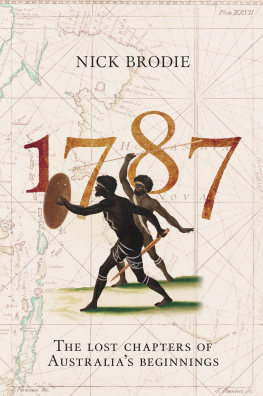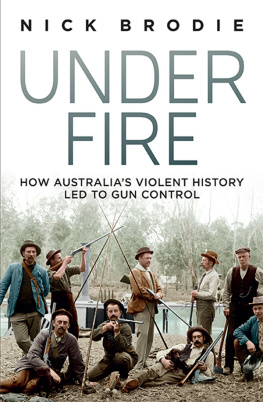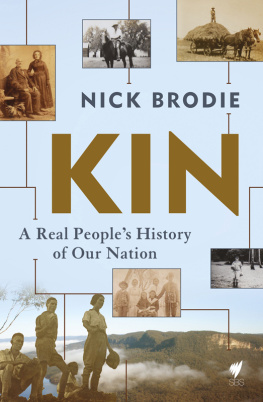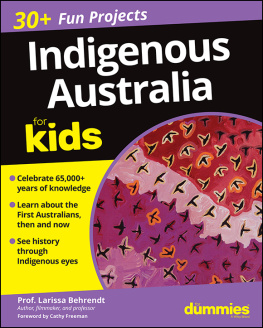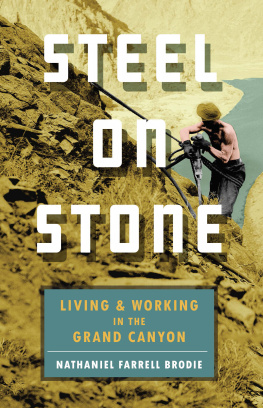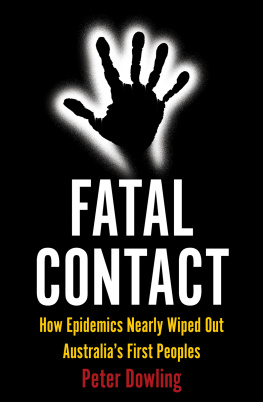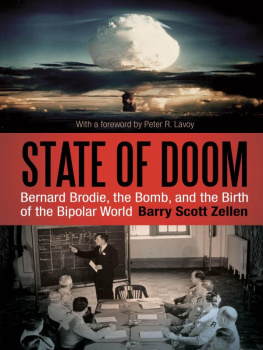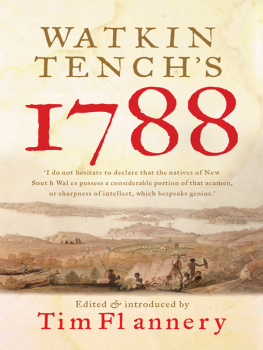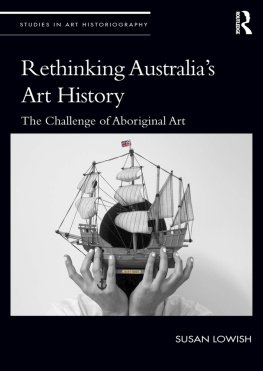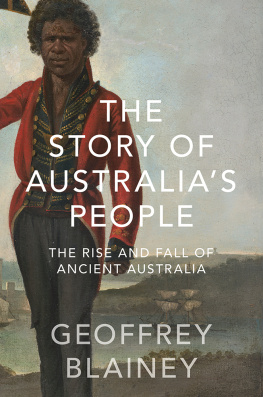Dedication
Para dos antroplogos, mis amigos y maestros: Basil y Pat.

Australias history did not start in January 1788. However habituated we have become to telling it this way, our national story did not begin with the arrival of a British fleet. That origin story survives because it is easy to tell, easy to remember, and difficult for our nation to forget. We can acknowledge that something happened before, but it is a something that we rarely discuss.
The time before the settlement of New South Wales is too often treated as a prefatory chapter that starts 50,000 years before the present and ends as sails are seen on the eastern horizon: the Dreamtime ends and history begins. In this way, a great slab of human history is relegated to archaeology and hermetically sealed by the founding of a British colony. But decent history does not work that way, with easy beginnings and simple sequences of events; instead, it is a process of engagement with the past.
So it is in this spirit that we need a new early Australian history. We need to look to longer colonial processes, broader world stories, a larger regional frontier, and take in the bigger story that emerges from these fleeting yet significant encounters.
While this book focuses on coastal interactions, it is not yet-another rendering of the European discovery of Australia, a paint-by-numbers narrative of firsts, who-found-what-when-and-why, and large slabs of quotation from well-thumbed sources.
Prior to the formal establishment of colonies in New South Wales in 1788, Van Diemens Land in 1803 and Western Australia in 1829, Australia and its peoples were already part of the great story of human history, with its local variations, conflicts, collaborations, continuities and changes. Certainly in 1787 a fleet was dispatched from England, but the processes leading to that decision involved more than just someone stabbing at a map and demanding it be done. Those processes went back well beyond Cook, and the first peoples of a Greater Australasia had more to do with it than is often allowed. There is a long history of Eurasian exploration of, but also engagement with, the land that came to be called Australia, and also its near neighbours like New Guinea, Vanuatu and New Zealand. All are part of the same story.
When the narratives of discovery are turned around, and the encounters they record are examined closely, bigger histories are revealed. Viewed collectively, these encounters become the story, instead of just isolated vignettes within larger European narratives. We will have to abandon our old assumptions about Australias first peoples, and face up to our sometimes wilful ignorance about pre-1788 Australia. We will see that the Australia of the twenty-first century is a product of a much longer and more complex past than we normally allow.
Australian bookshelves are stacked with event-based one-word titles that perhaps understandably speak to our collective obsessions: 1788, Eureka, Gallipoli, Kokoda and so on. What follows takes a step away from the buzzword histories, the pop biographies, or the yarning folklore of yore, and insists that we start to explore our deeper history in a less proprietorial, more broadly inclusive way. 1787 does not stand for a year it stands for an idea.

A good illustration of this idea occurred on a warm and breezy September day in 1818, when Jacques Arago stepped ashore on the western coast of Australia. He left his companions and headed off alone, wearing a straw hat, shouldering a musket and carrying a tin lunchbox. In part, he was looking for Aboriginal Australians.
A draftsman on the Uranie, a French expedition of discovery and exploration, Jacques struggled in the hostile environment. He slipped on a rocky slope, and flies bothered his face, seeming compulsively attracted to his eyes. The sun was searing. He tilted his hat low over his face and spent some time walking backwards, trying to get relief. After a few hours someone from the ship went after him, and brought him back to the main French camp. The Australians had turned up, and seemed hostile. His companions were worried for Jacquess safety.
He could see that there had already been some limited bartering glass beads and metal knives for spears and clubs. And with the exchanges seemingly over, the Australians gestured for the French to leave. The Australians kept saying ayercad, ayercad interpreted as go away, go away and pointing to the ships.
Jacques hoped to get closer, as he wanted to sketch the Australians. He noticed an old man who attracted everyones attention. The man was painted with coloured stripes, and wearing a prominent shell on a string that hung over his belly; his companions seemed to look to him for instruction. So Jacques decided to make towards him. Trying to allay the old mans fears, Jacques pulled out some castanets and played them as he approached. The old man briefly danced to the tune, and another Australian kept time with his own implements.
The old man signed to Jacques to leave a gift, which he did, and signed to return in the morning. As Jacques walked back to camp the old man sang, and was joined in this song by the rest of his people.
The next day Jacques again met with a group of Australians. They came down the hill in force, armed, and one stepped out in front and made a long speech. Then Jacques was once more told, with gestures for emphasis, to ayercad. But, prepared for this eventuality, Jacques put on a little pantomime and appeared to get angry with a sailor companion he had brought to the meeting. Jacques told the sailor to ayercad, and walked away. In on the scheme, the sailor followed Jacques, who again told the fellow to ayercad. The sailor disobeyed and Jacques shot him.
Or so it appeared. Having prearranged the show, Jacques aimed high, and the sailor fell at the bang. The Australians fled in apparent horror, and the sailor sprang up and the two made good their escape. Jacques had hoped to instil fear with this show, which would protect him against a potential attack by the Australians, who had superior numbers, but this was not the end of the encounters. Later there was another exchange where the French offered gifts. One even satisfied the locals curiosity by undressing. But over subsequent days there were no further meetings, only French expeditions to abandoned huts, and the discovery of a discarded gift of trousers.
The expedition continued north to Timor, west past New Guinea, and on into the Pacific. The French went as far as Hawaii, where they spent some considerable time, before turning westwards again towards Australia. Over a year after meeting some of the western Australians, Jacques had the opportunity to witness the other side of the continent. The Uranie put into Port Jackson, and Jacques met Governor Macquarie and saw the growing urban settlement of Sydney, with its elegant buildings and gardens, active social scene, busy commercial wharves and labouring convicts. But Jacques could not comprehend why the government allowed Aboriginal Australians to nakedly wander the streets and inhabit the settlement. They drank and danced, carried weapons and rattled fences, and struck each other in the streets.

